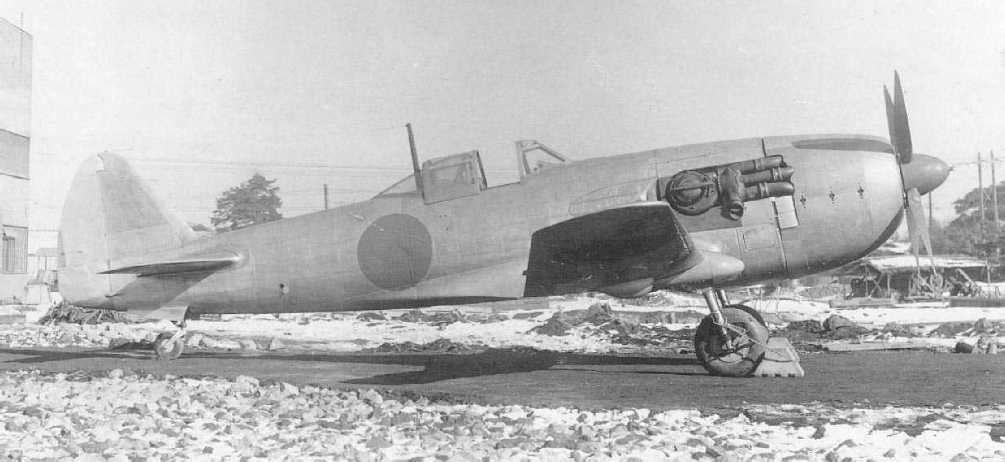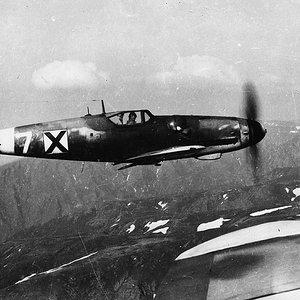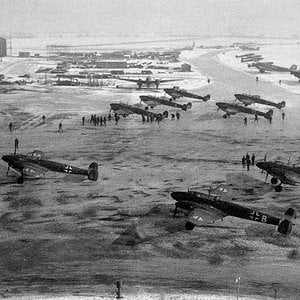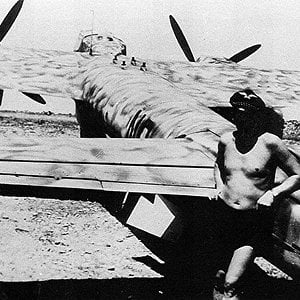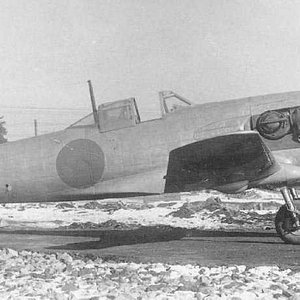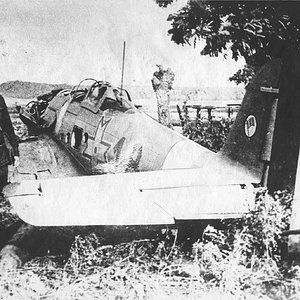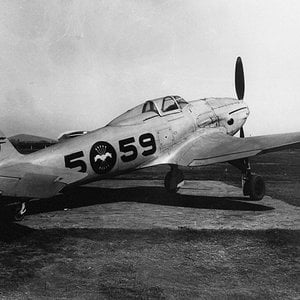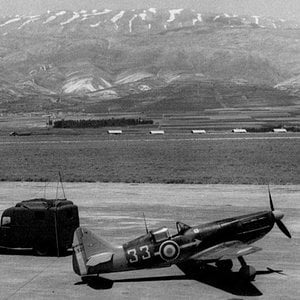Navigation
Install the app
How to install the app on iOS
Follow along with the video below to see how to install our site as a web app on your home screen.
Note: This feature may not be available in some browsers.
More options
You are using an out of date browser. It may not display this or other websites correctly.
You should upgrade or use an alternative browser.
You should upgrade or use an alternative browser.
Nakajima Ki-87 high altitude fighter
The Nakajima Ki-87 was a Japanese high-altitude fighter-interceptor of World War II. It was a single, exhaust-driven turbo-supercharged engined, low-wing monoplane with a conventional undercarriage.
The Ki-87 was developed in response to American B-29 Superfortress raids on the Home Islands. It followed up on earlier research by Nakajima and the Technical Division of Imperial Army Headquarters into boosting a large radial engine with an exhaust-driven turbo-supercharger, which had begun in 1942, well before the B-29 raids began. The efforts of the Technical Division of Imperial Army Headquarters eventually culminated into the Tachikawa Ki-94-I, while the Ki-87 was developed as a fall-back project, using less stringent requirements.Nakajima started in July 1943 with the construction of three prototypes, to be completed between November 1944 and January 1945, and seven pre-production aircraft, to be delivered by April 1945.The Technical Division of Imperial Army Headquarters made itself felt during the development of the Ki-87 prototype when they insisted upon placing the turbo-supercharger in the rear-fuselage, and from the sixth prototype the Nakajima fighter was to have that arrangement.The Ki-87 had a Curtiss P-40 Warhawk-like undercarriage, as space in the wing was needed for ammunition for the wing-mounted cannon. The 90° rearwards retracting undercarriage was to provide that needed space.
Construction was delayed due to problems with the electrical undercarriage and the turbo-supercharger, and the first prototype was not completed until February 1945; it first flew in April, but only five test flights were completed, all with the undercarriage in the extended position.
A further variant, the Ki-87-II, powered by a 3,000 hp Nakajima Ha.217 (Ha.46) engine and with the turbo-supercharger in the same position as the P-47 Thunderbolt, never went further than the drawing board. Production of 500 aircraft was planned, but the war ended before any more than one was built . The first prototype flew in April 1945.
The Nakajima Ki-87 was a Japanese high-altitude fighter-interceptor of World War II. It was a single, exhaust-driven turbo-supercharged engined, low-wing monoplane with a conventional undercarriage.
The Ki-87 was developed in response to American B-29 Superfortress raids on the Home Islands. It followed up on earlier research by Nakajima and the Technical Division of Imperial Army Headquarters into boosting a large radial engine with an exhaust-driven turbo-supercharger, which had begun in 1942, well before the B-29 raids began. The efforts of the Technical Division of Imperial Army Headquarters eventually culminated into the Tachikawa Ki-94-I, while the Ki-87 was developed as a fall-back project, using less stringent requirements.Nakajima started in July 1943 with the construction of three prototypes, to be completed between November 1944 and January 1945, and seven pre-production aircraft, to be delivered by April 1945.The Technical Division of Imperial Army Headquarters made itself felt during the development of the Ki-87 prototype when they insisted upon placing the turbo-supercharger in the rear-fuselage, and from the sixth prototype the Nakajima fighter was to have that arrangement.The Ki-87 had a Curtiss P-40 Warhawk-like undercarriage, as space in the wing was needed for ammunition for the wing-mounted cannon. The 90° rearwards retracting undercarriage was to provide that needed space.
Construction was delayed due to problems with the electrical undercarriage and the turbo-supercharger, and the first prototype was not completed until February 1945; it first flew in April, but only five test flights were completed, all with the undercarriage in the extended position.
A further variant, the Ki-87-II, powered by a 3,000 hp Nakajima Ha.217 (Ha.46) engine and with the turbo-supercharger in the same position as the P-47 Thunderbolt, never went further than the drawing board. Production of 500 aircraft was planned, but the war ended before any more than one was built . The first prototype flew in April 1945.

